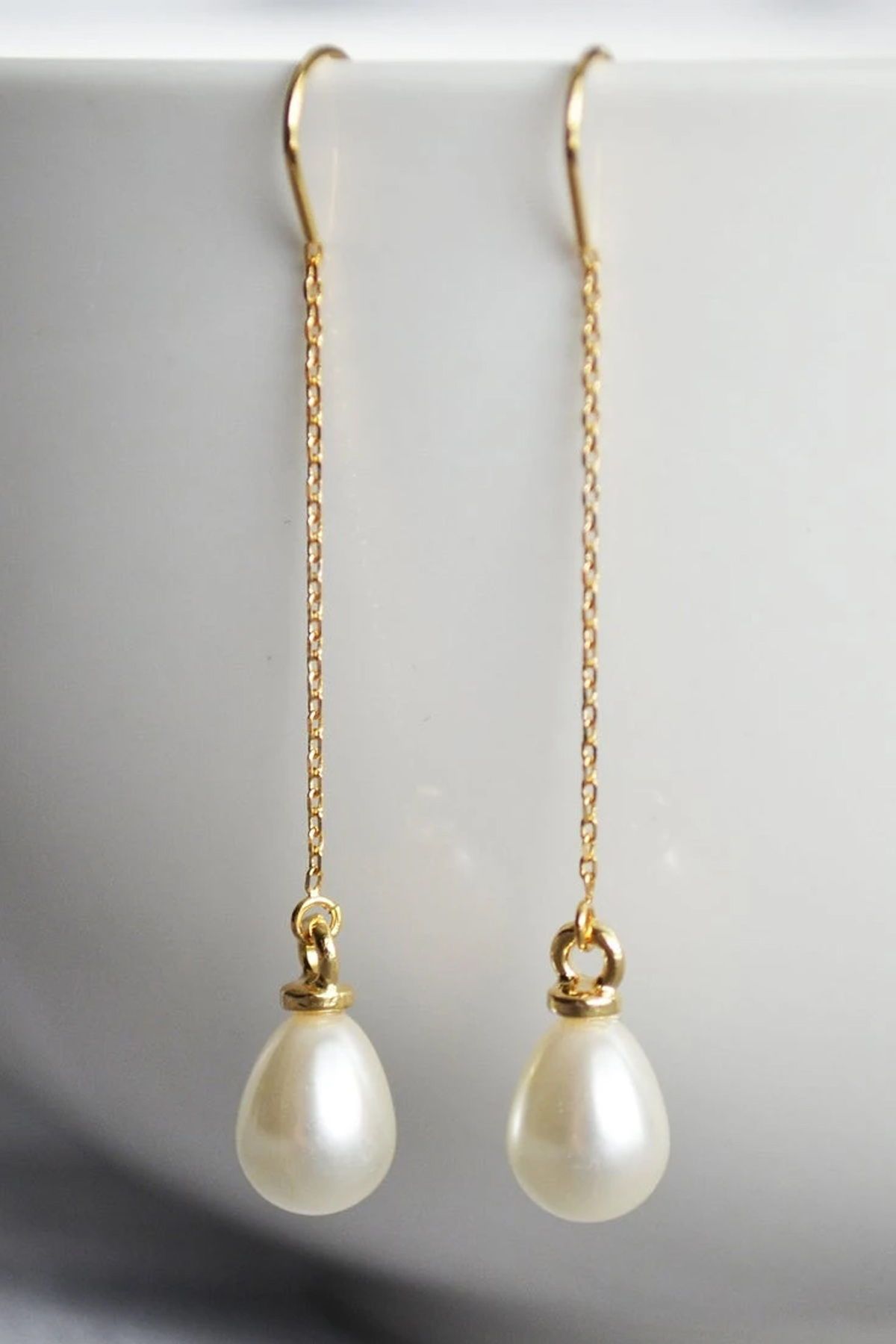
You might have been through the stories of old kingdom, the kings and queens, raja maharaja in Asian countries like India. In ancient ages, India was not partitioned to all the countries like Nepal, Bhutan, Sri Lanka, Pakistan, Bangladesh, Afghanistan etc. Together they were the parts of Indian kingdom. India was the biggest empire of whole Asia till the British invasion. And the use of pear Jewellery was there in India as a tradition among the kings, queens and other important ministers as a daily casual or formal wearing. We can better say that the business of pearl jewellery is there in India since a very long time ago. The tradition of pearl jewellery in India and other contemporary kingdoms and nations dates back to the BCs, not ADs. Even in China the pearl jewellery business started a long time back during the Han Dynasty who ruled from 206 BC to 220 AD. Almost for the thousands of years, pearls were collected by deep sea divers from the Indian Ocean, in areas such as the Persian Gulf, the Red Sea and in the Gulf of Mannar between Sri Lanka and India. So, the business of pearl jewellery in Asia was mostly concentrated in the Indian and Chinese part of this territory. Other Asian countries like Myanmar, Philippine, Korea, Thailand, Vietnam etc. also came into the business of pearl and pearl jewellery later on.
Earlier pearl jewellery was a symbol of a royal and lavish lifestyle. It was so, because the only mean of pearl production available was to search manually for pearls into deep sea beds. But with the introduction of cultured pearl the tradition of pearl jewellery has changed. Now, it is within the reach of common. And the availability of imitated pearl jewellery is another factor adding to this change. Earlier pearl was the most precious thing and keeping pearl or pearl jewellery by common people or citizens was almost a crime in most of the Asian dynasties. It was a subject of royal possession. But gradually, with the arrival of modern techniques in sea diving and pearl hunting the availability of pearl has increased. Apart from that artificial ways of producing pearls were also introduces and all these ultimately led to the reduction of costs of pearl acquisition. Along with this, the pearl and pearl jewellery business across the globe also has rose to an unexpected level. The number of online stores you get when you do a Google is the most powerful evidence.
In Asian countries China has topped the position among the pearl cultivating counterparts. Most of the freshwater pearls and pearl jewelleries sold all over the world come from China. Chinese akoya pearl is one of the very famous pearl in the pearl market. Japan also produces a good number of akoya pearls. Worldwide most of jewellery designers opt for the Japanese akoya pearl only in their akoya pearl jewellery collections. Asia also holds the title for the largest pearl known. It was found in Philippines in the year 1934. It is a naturally formed calcareous formation from a giant clam. And it is a white pearl.
Now a day Chinese and Indian pearl and pearl jewellery markets are focusing on imitation pearls. These are the cheapest available look alike of pearls. Though in recent years the per capita income and overall economic growth of these two Asian countries has grown robustly yet instead of natural and freshwater pearls the imitation pearl is gripping deeper into the pearl and the pearl jewellery markets of these two Asian giants with world’s largest populations.


